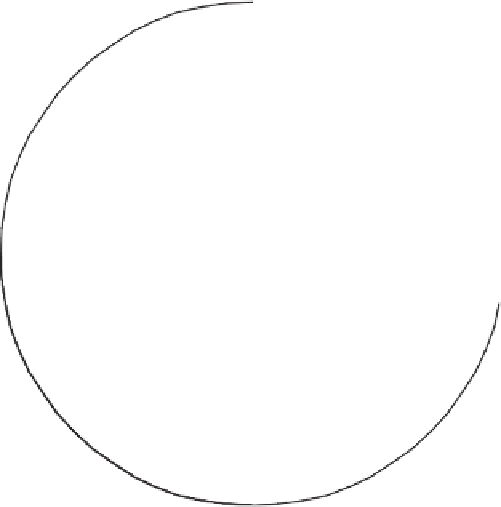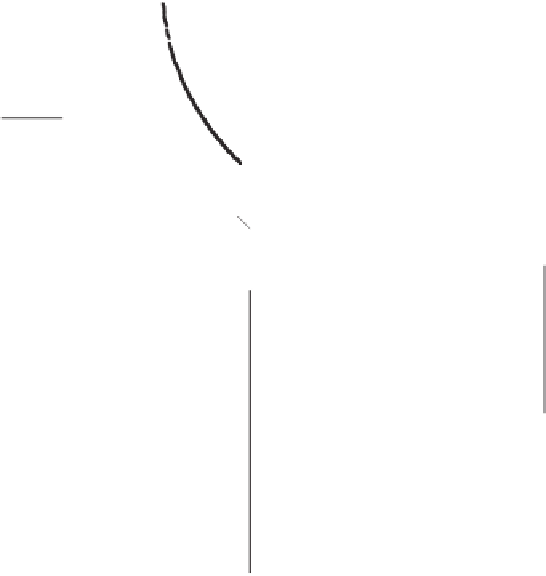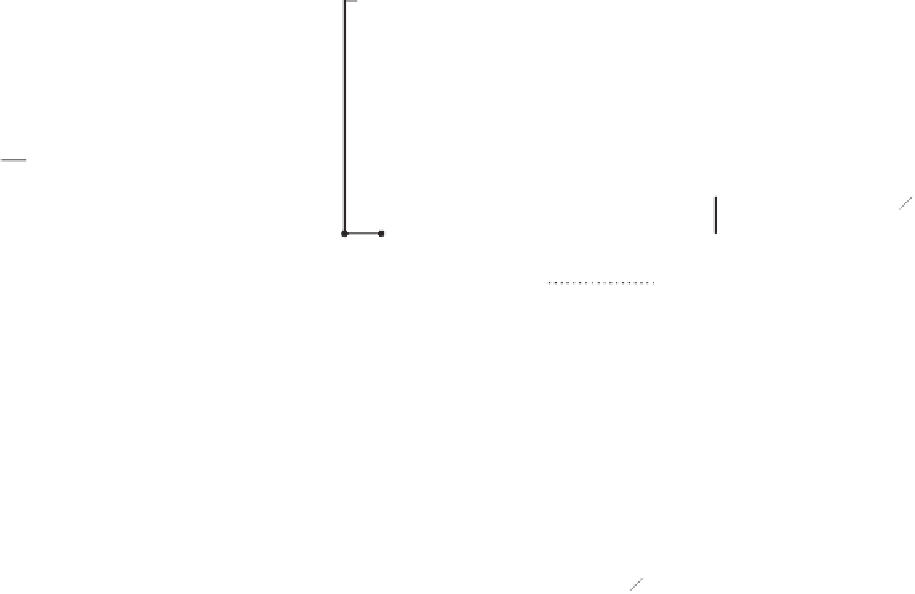Biomedical Engineering Reference
In-Depth Information
1
CH1
Voltage
GND
OSCILLOSCOPE
GND
Current
1
CH 2
TENS UNIT
TENS CURRENT WAVEFORM
5
.
1
200, 500, 1k
ELECTRODE 1
6
0.1uF
2.7k
300us
60us
4
ELECTRODE 2
8
.
1
1/10
A
STEPUP TRANSFORMER
TENS TEST LOAD
per ANSI/AAMI NS4 - 1985
1/2 A
A = 0 to 150mA
20us
Figure 7.20
Stimulation pulse delivered to the skin electrodes by the TENS generator of Figure 7.19. The
American National Standard for
Transcutaneous Electrical Nerve Stimulators
(ANSI/AAMI NS4-1985) specifies the load used to simulate the body impedance.
di
erence in frequency between the two carrier signals. When the signals are in phase, the
low-frequency components sum to an amplitude that is su
ff
cient to stimulate, but no stim-
ulation occurs when they are out of phase. The beat frequency of IFC is equal to the
di
erence in the frequencies of the two carrier signals. For example, the beat frequency,
and hence the stimulation rate of an interferential unit with signals set at 4 and 4.1 kHz, is
100 Hz.
The interferential method is used most often for the therapeutic stimulation of nerves
and muscles in the treatment of acute pain, edema reduction, and muscle rehabilitation. It
is not a common modality for functional neuromotor stimulation because it requires
greater energy consumption and a larger number of electrodes. Scientists in the former
Soviet Union also use interferential currents delivered through scalp electrodes to produce
narcosis (electronarcosis) and anesthesia (electroanesthesia). This last application, which
does not involve causing convulsions as with ECT, is very controversial and seldom used
in Western psychiatry.
IFC stimulators commonly use carrier frequencies around 4 to 5 kHz, with sinusoidal
waveforms that can reach peak-to-peak voltages of 150 V and force currents of up to 100 mA
ff




























































Search WWH ::

Custom Search